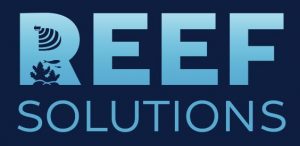Coral Reef and Fisheries
Project Title: Impacts of Reef Degradation on Commercial Fisheries
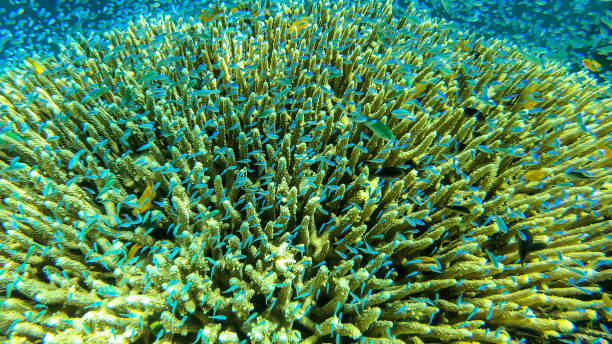
Close up on a coral reef in the region of Komodo Islands, Indonesia. The reef is shimmering with many colors. Numerous school of small neon blue fish hiding in it. Natural ecosystem. Free diving
Coral reefs are the most productive and biologically diverse ecosystems in the ocean and are important habitats for reef fisheries. Globally, there are 6 million reef fishers in 99 reef countries and territories worldwide, with over a quarter of the world’s small-scale fishers fishing on coral reefs. However, coral reefs are highly vulnerable to climate change. Corals rely on the microscopic algae called zooxanthellae for survival. These algae also contribute to coral’s vibrant colors. Elevated ocean temperatures stress corals, leading them to expel the algae, causing bleaching. If warming persists, the algae may not return, leaving the coral bleached and at risk of dying. Ocean warming has historically been a major cause of extensive coral bleaching and mortality, including the two global bleaching events in 1998 and 2016, which resulted to mass losses of live coral in the western Indian Ocean (75-99%) and in the Great Barrier Reef (up to 51%). Over the next few decades, coral reefs are likely to degrade rapidly even with a 2 °C increase in global temperature above pre-industrial levels.
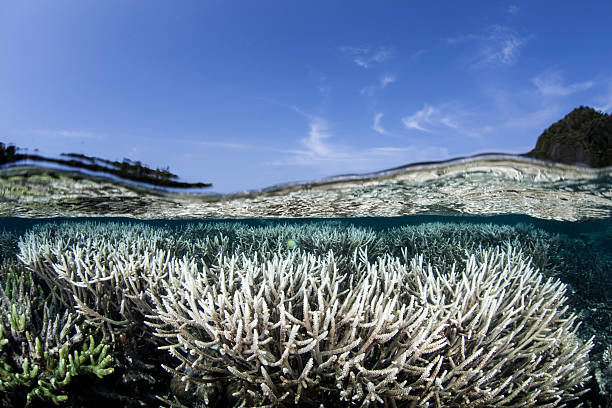
Delicate corals are beginning to bleach due to high sea surface temperatures in Raja Ampat, Indonesia. This remote, tropical region is home to an extraordinary array of marine life.
The precise effect of the dwindling live coral on reef fisheries yields remains unclear, despite acknowledging the loss of biodiversity resulted from reef degradation. Reef fisheries refer to fish which live amongst or in close relation to coral reefs. Loss of live coral may reduce abundance of coral-feeding fishes such as juvenile butterflyfishes as well as larger predatory fishes due to lower densities of small prey fishes. However, it is important to note that even after coral’s demise, the structure (the coral skeletons made of calcium carbonate or limestone) remains and continues to offer shelters to reef fishes. These shelters help to moderate competition and predation interactions, thereby enhancing chances of survival for individual species and promoting coexistence among different species.


Contact for Donation
Email: development.whoi.edu
(cc) yaqliu@whoi.edu
Collaborators
Qingran Li, Clarkson University, Potsdam, NY, USA
Andrew R. Solow, Scientist Emeritus, Marine Policy Center, WHOI
Research Papers
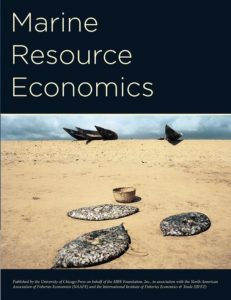
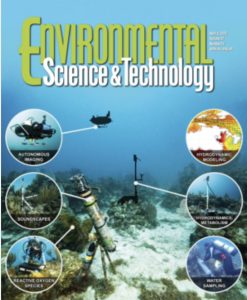
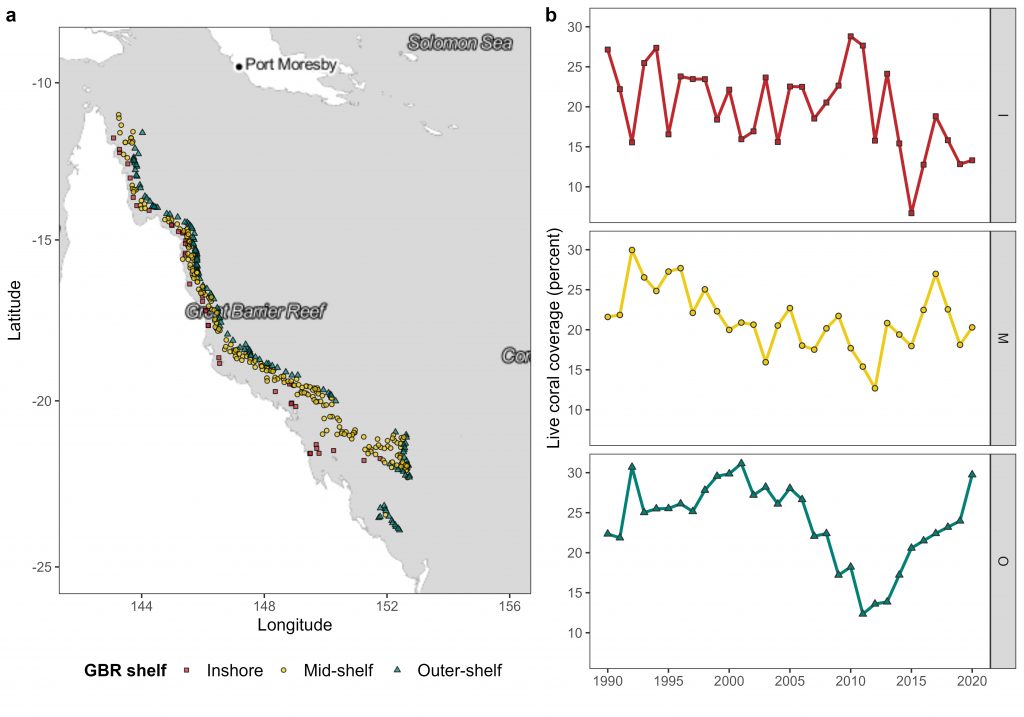 (a) Map of coral reefs within the GBR system surveyed between 1990-2020. (b) Annual live-coral cover for the 3 habitats (Inshore, Mid-shelf, Outer-shelf) in percentage of surveyed reef area.
(a) Map of coral reefs within the GBR system surveyed between 1990-2020. (b) Annual live-coral cover for the 3 habitats (Inshore, Mid-shelf, Outer-shelf) in percentage of surveyed reef area.
We develops a bioeconomic model incorporating habitat effects on commercial fisheries and empirically calibrates a reduced-form production function to quantify such effects. Distinct from previous studies, the structure of our model permits full identification of the set of biological and economic parameters. We calibrate the bioeconomic model by utilizing 30 years of catch and effort data from Queensland commercial fisheries, alongside the long-term coral monitoring data from the Great Barrier Reef (GBR), whereas previous studies focused on GBR have been mainly reliant on sporadic visual surveys. We test live coral association under a common structure for multiple fish species while allowing for species-specific production characteristics. Given that live corals provide habitat and shelter for reef-associated organisms, with more live corals means a better natural home, we link the fish’s carrying capacity to live coral coverage and incorporate this relationship into the fish population dynamics to derive a reduced-form of catch-per-unit-effort (CPUE). Considering the data paucity of most reef fisheries, our approach provides advantages as it permits a test of live coral association at the species level without necessitating specific fish biomass data.
